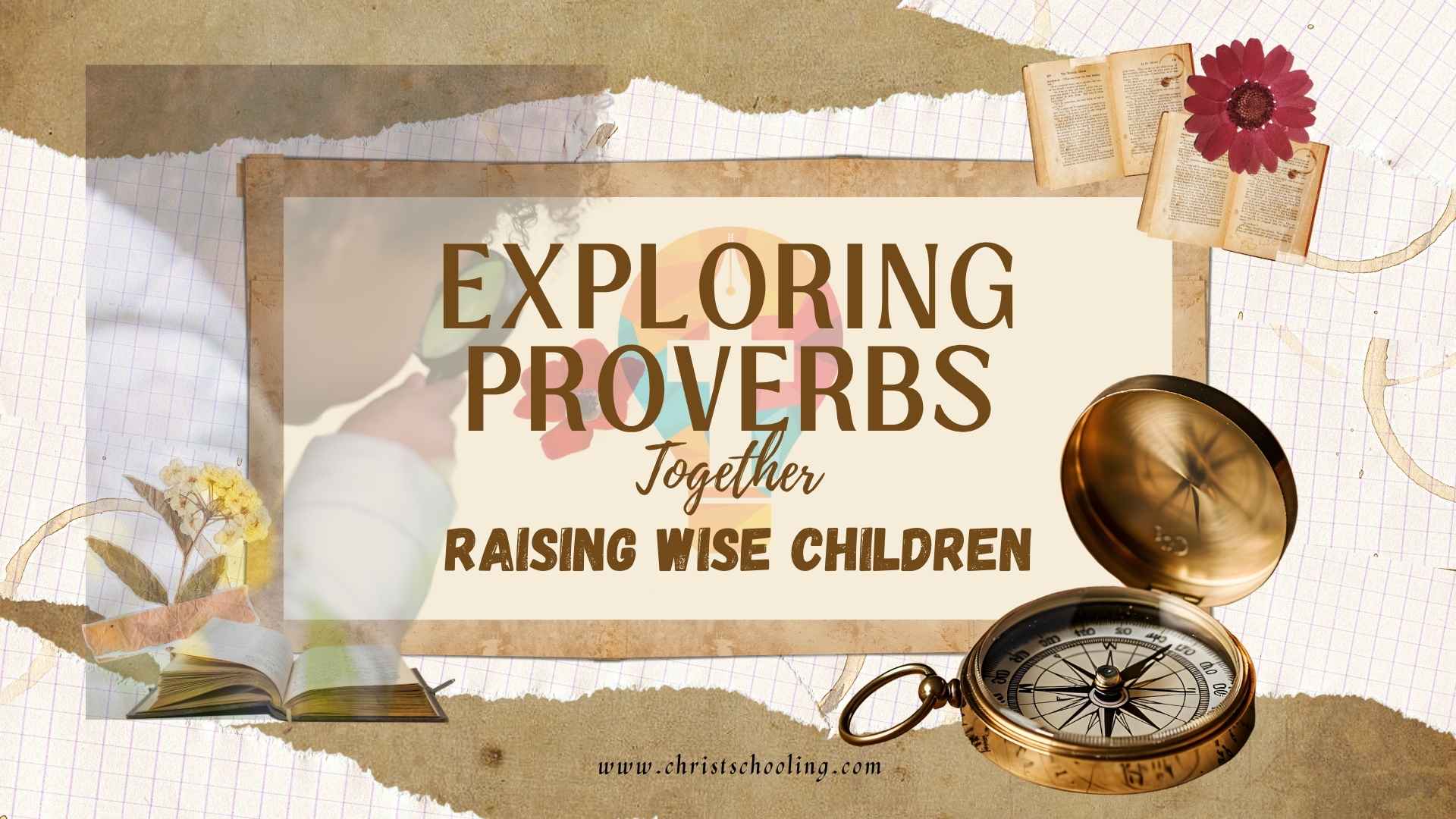📖Helping God’s Word Stick with Joy
One of the greatest gifts we can give our children is God’s Word hidden in their hearts.
In a world filled with fleeting content and shallow messages, Scripture provides truth that anchors the soul, renews the mind, and equips us for every good work (2 Timothy 3:16–17).
But memorizing Bible verses doesn’t have to be boring or burdensome—it can be creative, interactive, and full of joy!
Whether your child is 3 or 13, this guide is packed with age-appropriate, faith-filled ideas to make Scripture memory a cherished part of your homeschool rhythm.
🌱 Why Scripture Memory Is Important
Scripture memory is more than just a spiritual discipline—it’s life-transforming.
“I have hidden Your word in my heart, that I might not sin against You.” — Psalm 119:11
“These commandments that I give you today are to be on your hearts. Impress them on your children…” — Deuteronomy 6:6–7
Jesus Himself quoted Scripture to overcome temptation. When children learn to treasure God’s Word early, they carry with them truth, wisdom, and strength for life’s journey.
🎯 Age-Based Bible Memory Techniques
👶 Ages 2–5: Learning Through Play
At this stage, learning should be full of movement, color, and repetition.
- Sing It Out: Use Bible verse songs with actions (e.g., Seeds Family Worship).
- Verse Posters: Hang illustrated verses around your home.
- Repetition Games: Echo-repeat lines together during bath time or bedtime.
- Memory Motions: Add simple hand gestures to key words in the verse.
Tip: Keep it short and sweet. One or two lines is more than enough for toddlers.
🧒 Ages 6–9: Engaging the Imagination
This group thrives on fun, visual learning, and rewards.
- Sticker Charts: Each verse memorized earns a sticker.
- Verse Puzzles: Cut up a verse into strips and ask your child to piece it together.
- Bible Verse Hopscotch: Write each word in a square—hop while reciting!
- Flashlight Recite: Shine a flashlight on words posted around the room and recite together.
Tip: Turn memorization into a daily 5-minute game—it becomes something they look forward to!
👧 Ages 10–12: Growing in Purpose
Kids begin to connect more deeply with meaning and application.
- Verse Journaling: Write the verse, decorate it, then journal how it applies to life.
- Printable Memory Cards: Create fun flashcards with illustrations.
- Act It Out: Choose a verse and turn it into a short skit or pantomime.
- “Missing Word” Challenge: Remove a word from the verse—can they fill it in?
Tip: Include short devotionals alongside memory verses to help them personalize Scripture.
🧑🎓 Teens: Owning Their Faith
Teens need encouragement to see Scripture as relevant and personal.
- Verse Art Challenges: Encourage them to design verse graphics or post-it wall art.
- Memorization Apps: Use apps like VerseLocker or Bible Memory App.
- Group Challenges: Have them memorize with friends or siblings competitively.
- Scripture for Life: Pick verses that speak to their current struggles—identity, anxiety, friendships.
Tip: Invite them to choose verses they want to memorize. Ownership fuels passion.
💡 Make It a Family Thing
Scripture memory works best when it’s woven into family life:
- Recite verses during breakfast or car rides.
- Post a “Verse of the Week” on your fridge or chalkboard.
- Celebrate milestones—“Scripture Champion of the Week” awards!
- Create a family verse song together and record it for fun memories.
“Let the word of Christ dwell in you richly…” — Colossians 3:16
🎨 Ideas That Make Scripture Stick
- Bible Verse Treasure Hunt: Hide verse pieces around the house with clues.
- Craft & Color: Let your child color their memory verse and display it proudly.
- Jump for Jesus: Kids jump on a trampoline or do actions as they say each word.
- Memory Verse Jar: Pull a new verse from a jar each week.
The goal isn’t just memorization—it’s meditation. Help your child understand what the verse means and how it applies to their life.
✨Pray it over them. Talk about it at bedtime. Make it real.
📂 Coming Soon: Free Bible Memory Printables!
To help you on this journey, we’ll soon be releasing creative, faith-based printable tools like:
- Bible Verse Puzzle Pieces
- “My Verse of the Week” Journaling Pages
- Coloring Scripture Cards
- Bible Memory Game Templates
🧡 Stay tuned at www.christschooling.com for free downloads after the 90-day blog series!
🙌 Final Thoughts
God’s Word is not just meant to be learned—it’s meant to be loved. When children hide Scripture in their hearts, they’re laying down a foundation of truth that will stand firm through every season of life.
Let’s help them build that foundation joyfully—with games, laughter, creativity, and the love of Jesus.

